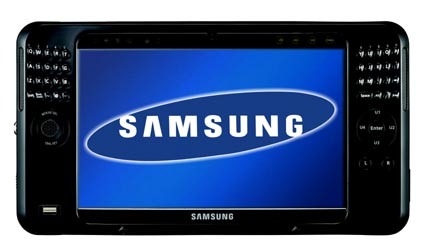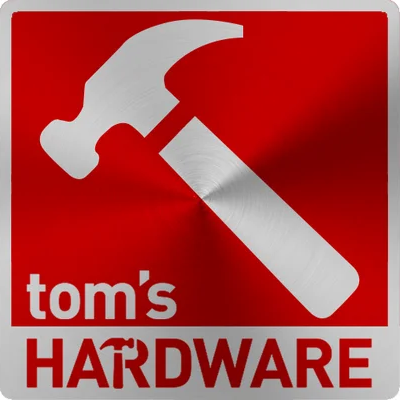Samsung debuts UMPC with mobile broadband
Hannover (Germany) - Following Microsoft's Origami campaign last year, we expected a world-changing mobile PC - and were disappointed by a product that was too large, too slow, too expensive and lacked important wireless features. Samsung has redesigned its Q1 for 2007 - and believes that the Q1 Ultra will fill the Q1's gaps. But we still have the impression that UMPCs remain half-baked products.
But let's talk about the improvements first. According to Samsung, buyers of the first generation UMPC liked the device's design, the screen size, the touch screen and its full PC functionality. However, on the other side, customers criticized the device's size, lack of connectivity, not enough battery life and the absence of a real keyboard.
So, the second generation Q1, now called Q1 Ultra, has been improved based on this feedback. The weight is down about 90 grams to 690 grams or about 1.5 pounds. There is a split keyboard with rubber keys placed on the left and right side of the screen. It has a brighter screen (300 nits) with a 1024x600 pixel resolution, a fingerprint reader, two digital cameras (a 0.3 megapixel webcam and a 1.3 megapixel regular digital camera), stereo speakers (2 x 1.5 watts) and a battery life that will reach - according to Samsung - four hours with the standard battery and seven hours with an extended battery. Microsoft also added a few new features to Vista running on UMPCs, called Origami Touchpad.
Another interesting feature is a much improved mouse button, which doubles as a joystick in games. But most importantly, the Q1 Ultra now comes with HSDPA mobile broadband access - a functionality that had been planned to be available already for the first generation UMPC.
But this is 2007 and the technology has progressed in the past twelve months. The Q1 Ultra appears to be a more attractive product, but it does not have the wow-factor it would have had a year ago. This year, we are sorta puzzled that the company has chosen to put a regular 2.5" 60 GB hard drive into the UMPC - instead of a 32 GB flash hard drive that would have saved weight, space and increased battery life even more.
A key problem with UMPCs has been the use of slow processors. Samsung did not reveal the exact CPU that is integrated in the Q1 Ultra, but confirmed that it uses an Intel ULV processor; industry sources told us that it actually is a Core Solo U1500 chip. In the test units on display at Cebit, processing performance appears to be adequate, but the U1500 certainly does not provide what we would call an exhilarating speed under Vista.
And then there is the price. Samsung representatives were not able to specify how much the Q1 Ultra will cost, but we were told the device would sell for "at least" the amount of the first generation devices ($1000-$1200). We will have a closer look at the device when review units become available, but we believe that the price alone may make the Q1 Ultra a rather tough product to sell.
Get Tom's Hardware's best news and in-depth reviews, straight to your inbox.
But then, Microsoft sometimes needs three shots to get a product right: Origami v3 should surface at Cebit 2008.
Tom's Hardware is the leading destination for hardcore computer enthusiasts. We cover everything from processors to 3D printers, single-board computers, SSDs and high-end gaming rigs, empowering readers to make the most of the tech they love, keep up on the latest developments and buy the right gear. Our staff has more than 100 years of combined experience covering news, solving tech problems and reviewing components and systems.

